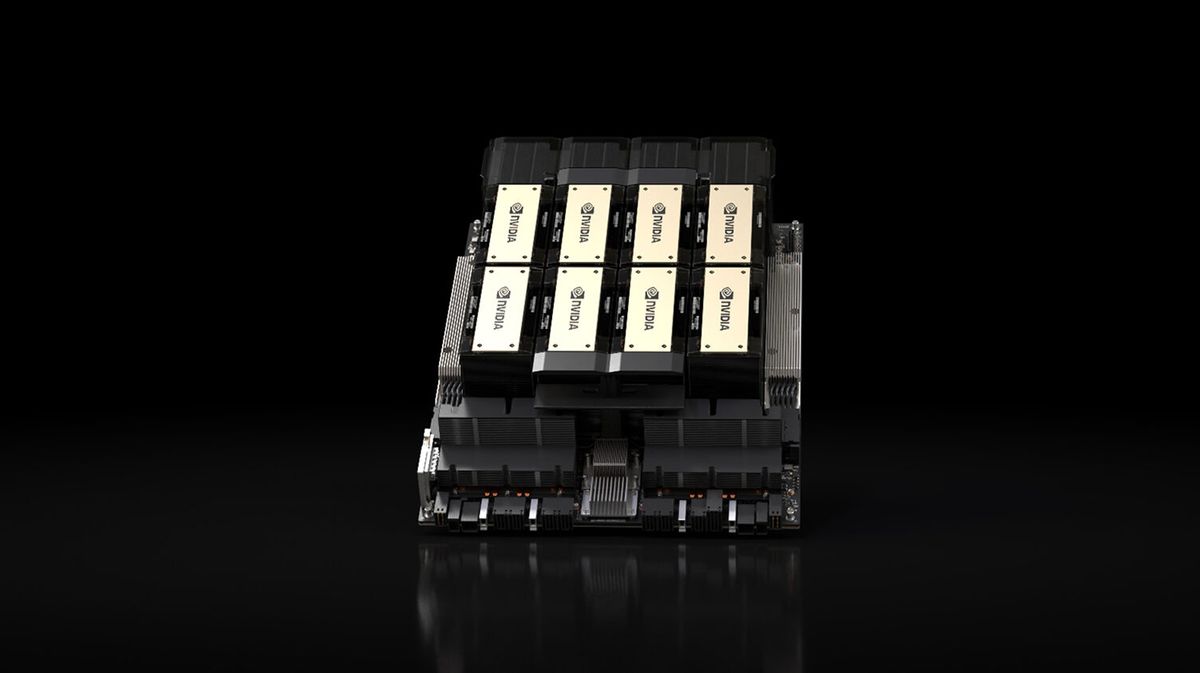For the first time, a major US city has implemented a congestion pricing toll, bringing with it lots of questions about how it will function and whether or not the policy will be adopted by more places.
Congestion pricing for traffic has notably been implemented in various overseas cities, particularly in Europe, but the policy has struggled to take hold in the US. As of early 2025, however, a system is now in effect in the country's most populous metropolitan area, New York City. The goal is to decrease traffic congestion in certain areas, to decrease carbon emissions created by heavier traffic, and to help generate more tax revenue, all by collecting tolls on vehicles that enter certain areas.
For a city as densely populated and heavily trafficked as New York, this policy is poised to have a significant impact on city residents, commuters and visitors. An estimated 900,000 vehicles enter the island of Manhattan each day, Reuters reports, with an estimated 700,000 entering the area that's been set as the congestion zone.
Read on for all the details you'll need to know about this new congestion policy, and to see if your city is among those considering a similar one. For more, see if you're eligible for the child tax credit and find out about a new plastic bag ban in another part of the country.
What is a congestion pricing toll?
Congestion pricing is a category of economic policies that impose a surcharge on the public for the use of a certain good or service in order to alleviate the burden of its heavier use. In this case, it's for the use of urban roads, meant to help cut down on carbon emissions created en masse in metro areas and to generate revenue for things like mass transit services.
The first such system debuted in Singapore in 1975, and over the years since then, congestion pricing has been introduced in Gothenburg, Milan, London and Stockholm, in addition to a handful of smaller urban areas.
Where is the New York City congestion zone?
The new "congestion relief zone" in New York City is situated in Manhattan and covers almost all streets south of Central Park, or anything at or below 60th Street. There are a few exceptions in this zone, as tolls will not be collected for anyone using FDR Drive, the West Side Highway or the roads leading into the Hugh L. Carey Tunnel.
Local traffic within the congestion relief zone will also be exempt from the toll, so long as a car does not leave it at any point during the day. Exiting and reentering, however, will result in a toll.
How much is the New York City congestion toll?
The cost of the toll varies depending on a number of factors, including time of day, type of vehicle and whether or not the vehicle has an EZ Pass tag. Prices are higher during peak traffic hours, 5 a.m. to 9 p.m., while bigger vehicles are also charged more. Motorcycles incur the lowest toll during peak hours, $4.50, followed by standard passenger vehicles, at $9. Small trucks, large trucks and buses are charged between $14.40 and $21.60, depending on their size and function.
Vehicles without an EZ Pass tag are charged 50% more than vehicles that do have them. Prices are cut by 75% during overnight hours. Congestion tolls are only collected once per day on each individual vehicle, though certain types of trucks are tolled multiple times a day.
A complete breakdown of prices can be found on the New York City government website.
How will this congestion toll be collected?
Vehicles with valid EZ Pass tags are charged via their accounts in the same way that other tolls are collected. Any vehicle without one of these tags is billed via mail.
Are any vehicles exempt from the congestion toll?
A variety of exemptions are in place for New York City's congestion pricing. Certain people with disabilities or conditions that prevent them from using public transit can get an exemption. Authorized emergency vehicles, school buses and commuter vans are also among the sorts of vehicles exempt from the toll.
A few programs are also in place to help low-income residents deal with the new costs. For some, a program offering a 50% discount on tolls after their first 10 trips in a given year is available. A tax credit good for the total value spent on tolls is also available for some people who make less than $60,000 a year. More information on these offerings can be found on the Metropolitan Transportation Authority's website.
Are other US cities considering a congestion toll?
Similar systems have been under consideration in San Francisco and Washington, DC. Speaking to NPR in April, Sam Schwartz, a former New York City traffic commissioner, said that the success or failure of New York's new system will likely dictate if other metro areas move forward with their own versions. He specifically named cities like San Francisco, Boston, Chicago, Los Angeles and Vancouver as places "on the edge of proposing congestion pricing."
For more, see how you can enroll in Affordable Care Act health insurance.





/cdn.vox-cdn.com/uploads/chorus_asset/file/25821777/DSCF4473.jpg)



 English (US) ·
English (US) ·